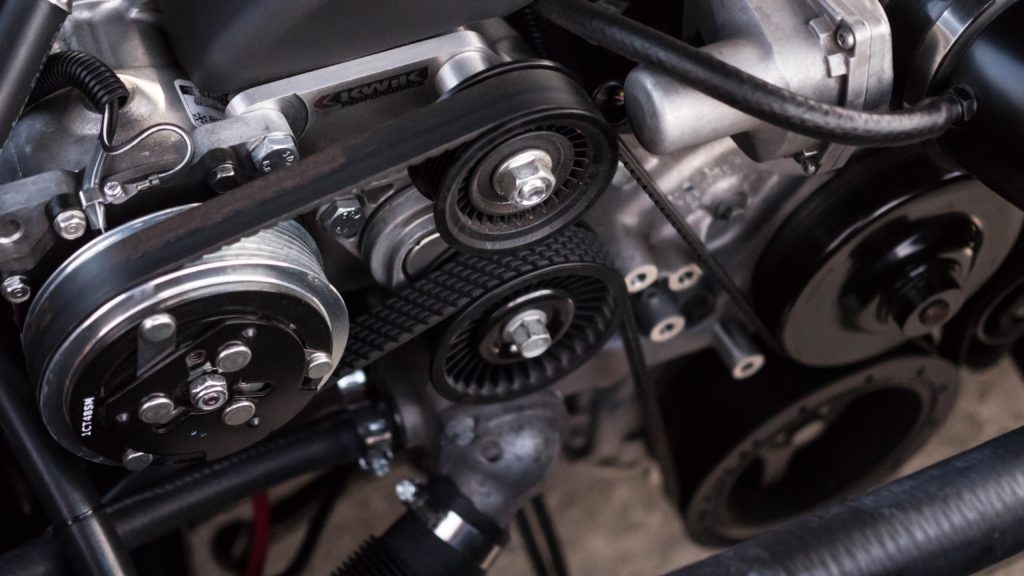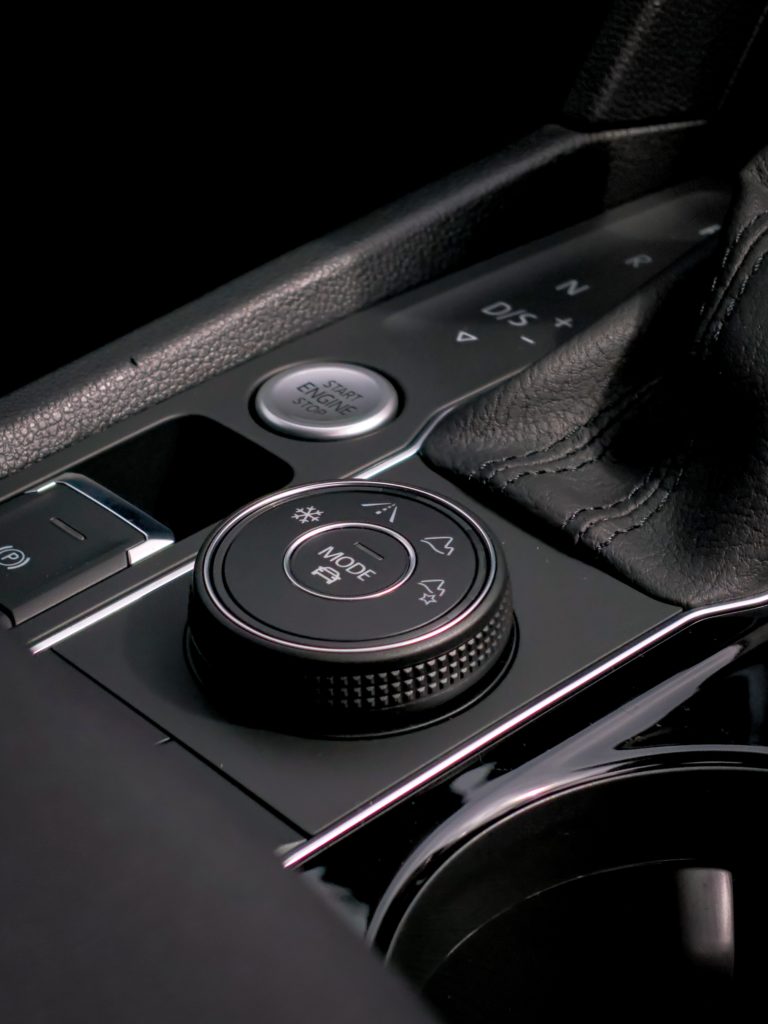Understanding CVT Transmissions: Engine Braking, Low Gear Driving, and Downhill Usage
Continuously Variable Transmissions (CVTs) offer a different approach to gear changes compared to traditional transmissions. In this article, we’ll discuss whether CVT transmission systems work for engine braking, low gear driving, and downhill usage.
How CVT works compared to a standard transmission system:
CVTs employ belts, chains, or pulleys to vary the gear ratio continuously, contrasting with fixed gears in traditional transmissions. When using engine braking in a CVT, the pulleys adjust their width to mimic gear changes, impacting the vehicle’s speed. Unlike traditional transmissions, CVTs offer seamless acceleration without discrete gear shifts, optimizing engine performance for efficiency and power delivery.

Is it okay to do engine braking with a CVT transmission?
In a CVT, engine braking might not be as pronounced due to the continuously variable nature of its operation compared to traditional transmissions.. However, while it won’t likely cause immediate damage, prolonged or excessive use of engine braking in a CVT could lead to increased wear on transmission components like belts, pulleys, and other parts.
Using CVT for low gear driving:
Although CVTs lack fixed gears, some models provide modes or settings that simulate low gears. These settings can be advantageous in scenarios like towing or navigating steep inclines, offering improved torque and control. It’s essential to understand your vehicle’s specific capabilities and follow manufacturer recommendations regarding low gear driving in a CVT.
Is CVT okay for downhill driving?
CVTs generally perform adequately for downhill driving. However, during prolonged downhill descents, relying solely on a CVT without fixed gears for engine braking might lead to certain issues:
- Overheating: Continuous downhill driving without the support of fixed gears can cause excessive strain on the CVT components, potentially leading to increased heat generation within the transmission. This heat buildup might affect the transmission fluid and components, impacting performance and longevity.
- Increased Wear: Extended use of higher RPMs while descending steep gradients without the aid of traditional low gears may accelerate wear and tear on the CVT belts, pulleys, and other components due to increased stress on these parts.
- Reduced Control: Without the aid of fixed low gears, maintaining control and managing speed during a descent becomes more challenging. The absence of these fixed gears can limit the vehicle’s ability to provide optimal engine braking, requiring the driver to rely more on the braking system.
To mitigate these potential issues, drivers utilizing CVTs for downhill driving requiring low gears should consider:
- Using Available Modes: Some CVT-equipped vehicles offer modes or settings that simulate low gears. Engaging these modes can help regulate RPMs and manage speed during downhill descents.
- Manual Shift Modes: If the CVT-equipped vehicle has manual shift modes or paddle shifters, utilizing these features to manually control the gear ratio can provide better control during downhill driving.
- Moderation and Monitoring: Drivers should intermittently ease off the accelerator to allow the CVT to adjust and avoid continuous high RPMs. Consistently monitoring speed, engine RPMs, and the vehicle’s overall performance is essential to prevent excessive strain on the CVT.

Using manual shift mode with CVT Transmission
Although using manual shift mode in a CVT typically doesn’t damage the CVT belt itself, it is advised to monitor speed and avoid extended periods of heavy braking to help maintain the CVT’s performance and longevity during downhill driving scenarios. This Toyota Yaris has a decent CVT gear box.
Repeatedly and aggressively shifting between preset ratios in the manual shift mode could potentially impact the overall wear and tear on the CVT’s components, including the belt, pulleys, or other transmission elements. Continuously operating at higher RPMs or engaging in abrupt gear changes might subject the transmission to increased stress and wear over time.
Always adhere to manufacturer guidelines for optimal vehicle performance.
Image credits:
Photo by Obi – @pixel8propix on Unsplash
Photo by Chad Kirchoff on Unsplash

